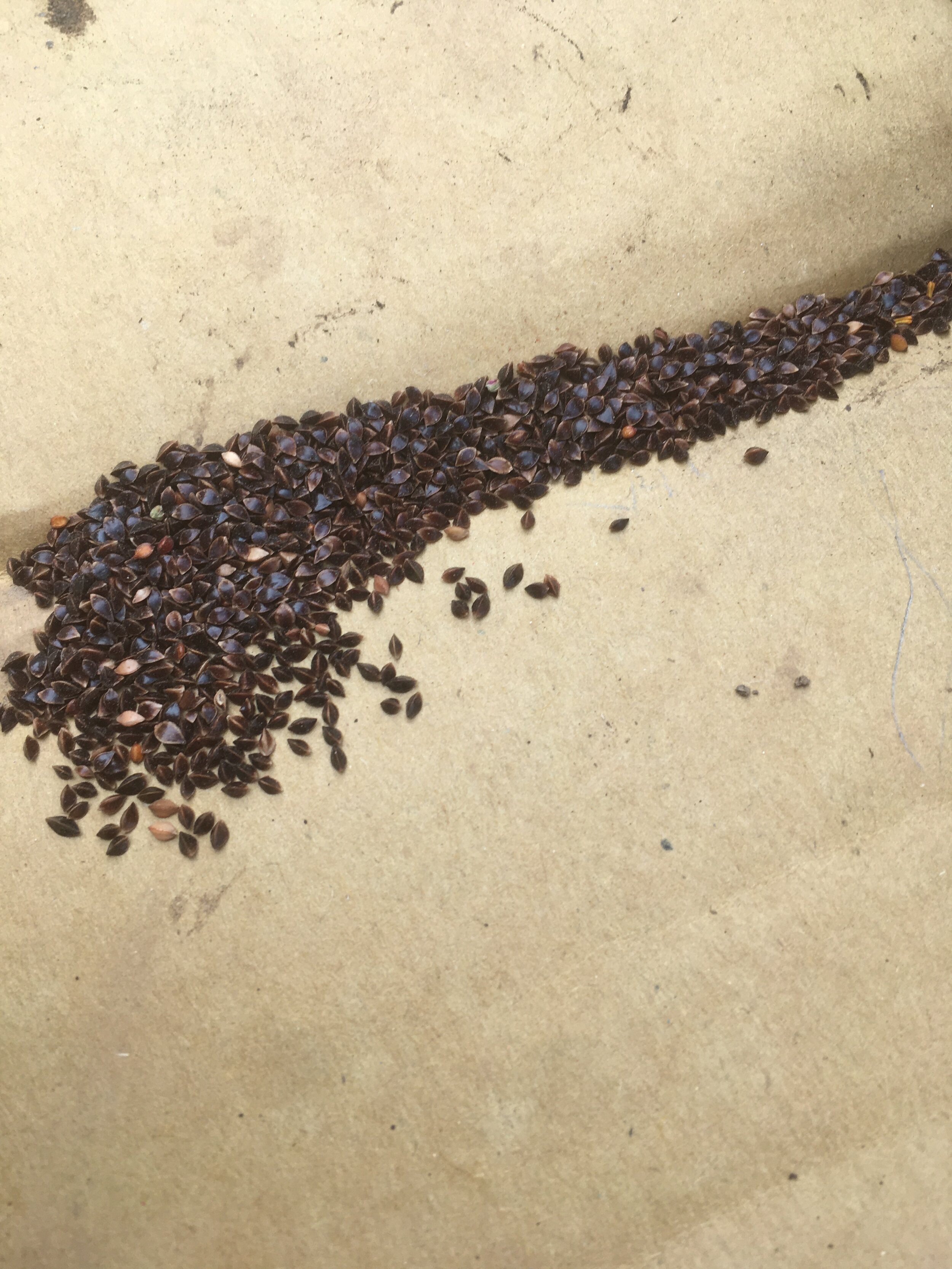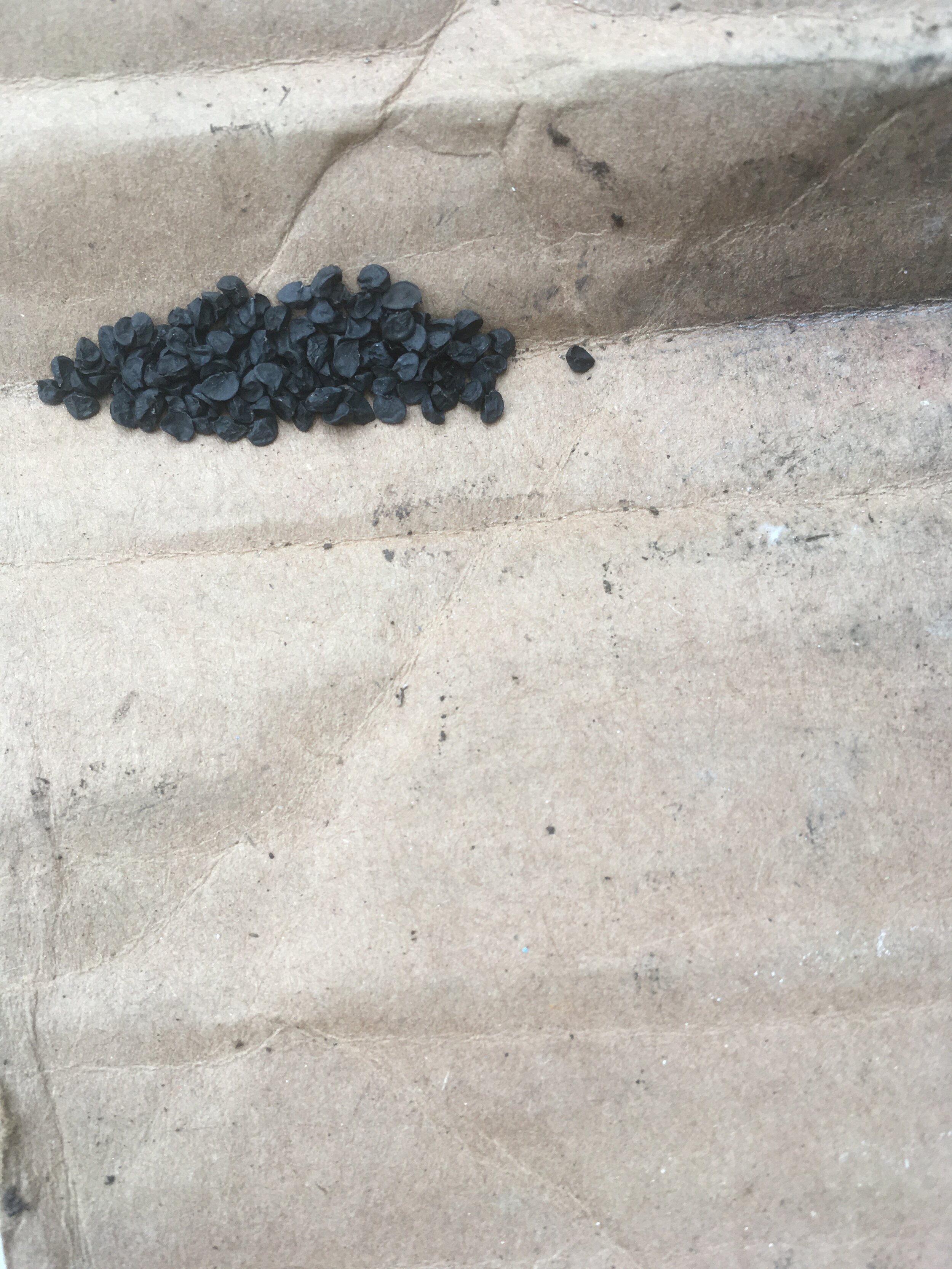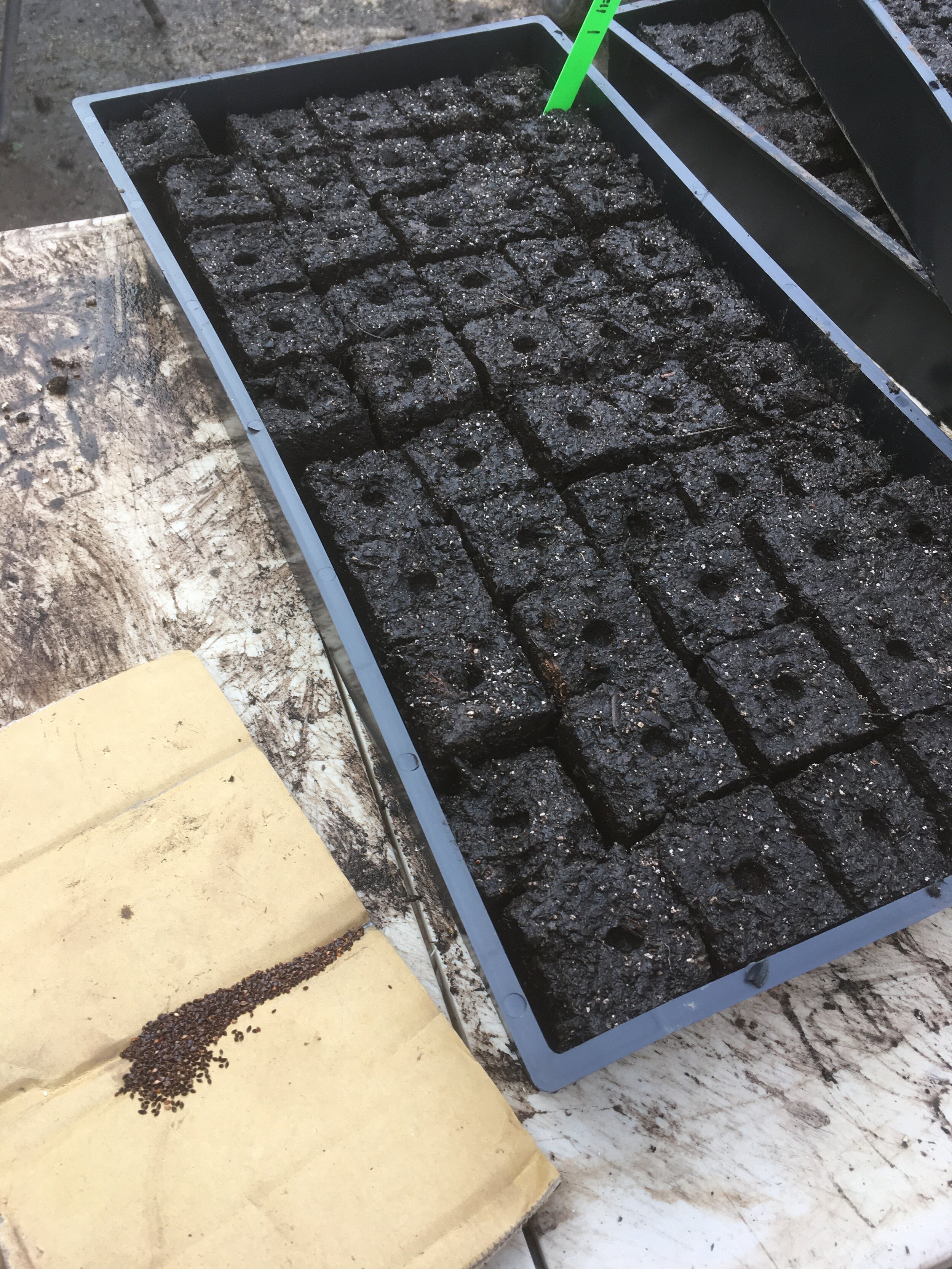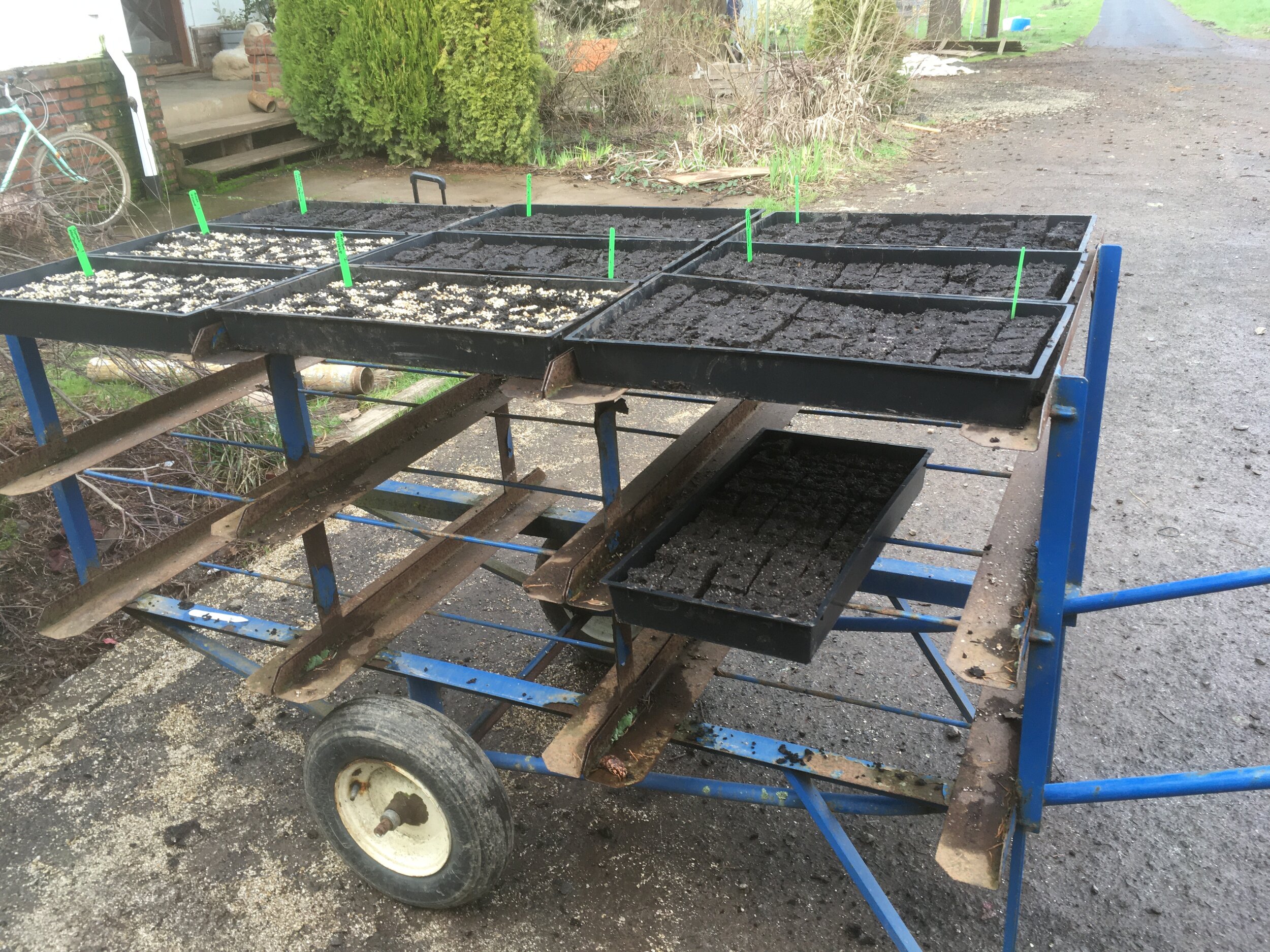The Portland Metro has been layered in a blanket of plush snow. While it seems as though folks here are typically keen to lament winter and it’s seemingly endless damp, grey days, this weekend is different. The snow has given the winter and COVID weary an excuse to romp outside, and instead of cars the streets are full of cross-country skiers, children are sledding in the park and neighbors grateful for a reason to interact with others in the community. It is uplifting to see the community find joy in the gifts of winter, since it is a season that many farmers deeply appreciate. It is a time for reflection for the past year, and planning for the upcoming season. It is the time for building infrastructure, acquiring supplies, designing crop rotations. Since this is our first year farming as the collective CAMPO, much time has been spent on the organizational logistics of the collective and trying to balance our hopes and dreams with what is realistic and achievable in the first year of farming.
Winter for farmers is also all about seeds. In some communities and cultures winter is spent cleaning seeds that had been gathered during the previous growing season, organizing and storing them for future years. Since we are beginning farmers in a society that has mostly lost the art of saving seeds, we spent the beginning of winter sifting through seed company catalogs and websites. We selected crops and varieties with which we had previous experience (and therefore confidence), as well as varieties that we are excited to try for the first time. While some of our seeds are from the bigger organic seed companies such as Johnnys, we have made an effort to also source from local seed companies such as Adaptive Seeds. However, it is definitely a goal of CAMPO to invest the time and energy into saving seeds and selecting for our desired traits and adaptations to no-till cultivation methods. Since 94% of commercial seed varieties have disappeared in the last century, we recognize the importance of preserving genetic diversity in our food system. Seeds are the love letters of food sovereignty, little packets of genes holding the unique traits that indigenous and agricultural peasant communities have cultivated for a millennia in order to satisfy unique cultural and geographic needs. By focusing on local, heirloom seeds and learning how to save seeds ourselves, we are preserving the sacred foods and wisdom passed down from our communities and from the indigenous people that feed the world.
Anatomy of a seed (From Seeds of Woody Plants in the United States Handbook 450, Forest Service, USDA)
While this polar vortex storm makes it seem as though we are in the depths of winter, at CAMPO we are already deep in spring activities. Or first seeding occurred in the third week January, and was kicked off with seeding onions and perennial medicinal and culinary herbs. We were excited to try out a new (to us) method for starting seeds - soil blocking. Rather than using plastic trays with cells for each seed, soil blocking uses a tool that grabs the soil and compresses it into individual soil-blocks, that retain their structure without a plastic tray. Not only does this method cut down on a lot of plastic trays (which are only reusable for a few years), this method also keeps the seedings happier and healthier, since instead of the roots of the seedlings getting jumbled in the plastic trays (root bound), with soil blocks the roots are “air pruned”. Basically, when the roots hit the edge of the block, the root dries out slightly and stops growing. This creates stronger seedlings that are less traumatized when they are transplanted into the field, since they don’t have to expend energy untangling their roots.
Experimenting with soil blocking
Jesse and Margarita spent a lot of time that first seeding trying to figure out the right soil mix for the soil blocking. For soil blocking, the texture of the soil is a lot more important than simply filling trays. This is because the soil needs to be cohesive enough to stick together when they are first formed, yet provide enough space for the roots to develop. We tried many different ratios of the typical ingredients, which include peat moss, perlite compost, potting soil, soil fungi inoculants and water. It is a time consuming process, and we were worried that the blocks always seemed to crumble apart. Eventually we figured out a good ratio, and the blocks started looking great! We plan to spend the next few seedings really dialing in the ratios and methods for the soil blocking. We also seeded onions into open flats as we usually do, so that we can compare and contrast the methods.
While Jesse and Margarita played with soil, Jade and I seeded the trays and admired their different shapes and delicate beauty.
After a few weeks, the soil block seedlings are looking happy and healthy. We are hopeful that the soil blocking can become our standard seeding method, since it will greatly reduce the amount of plastic used on the farm.
While we have a mid February seeding that wanted to happen yesterday (edible flowers! Dandelion greens! Spring kale!) We are mostly snowed in and appreciating a cozy weekend to sled, write letters, spend time with loved ones, rest, and prepare for an exciting spring ahead.







